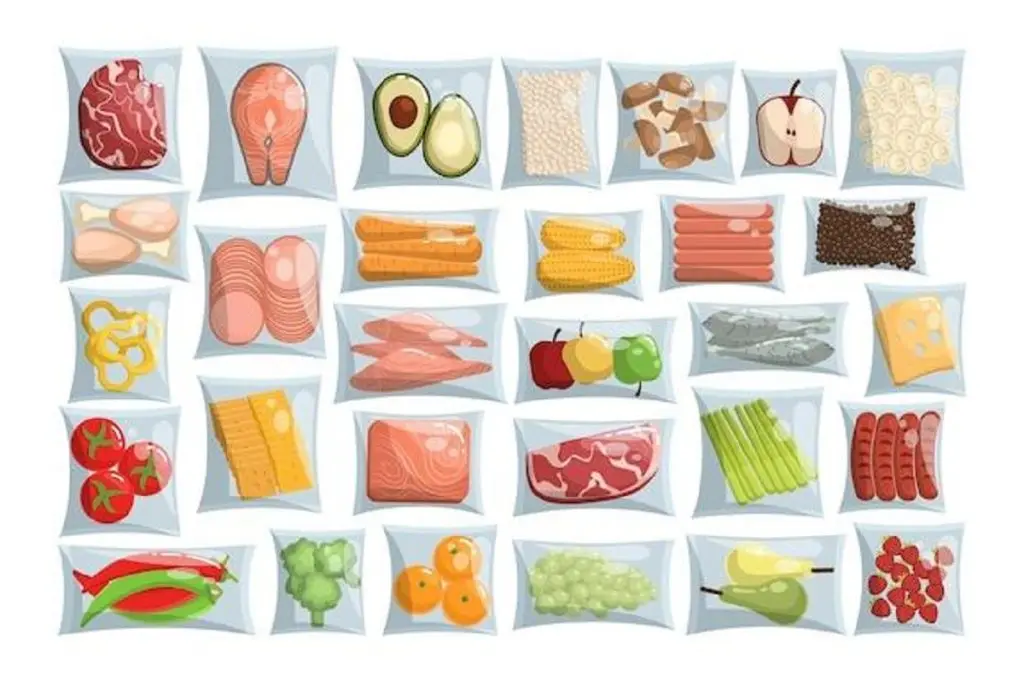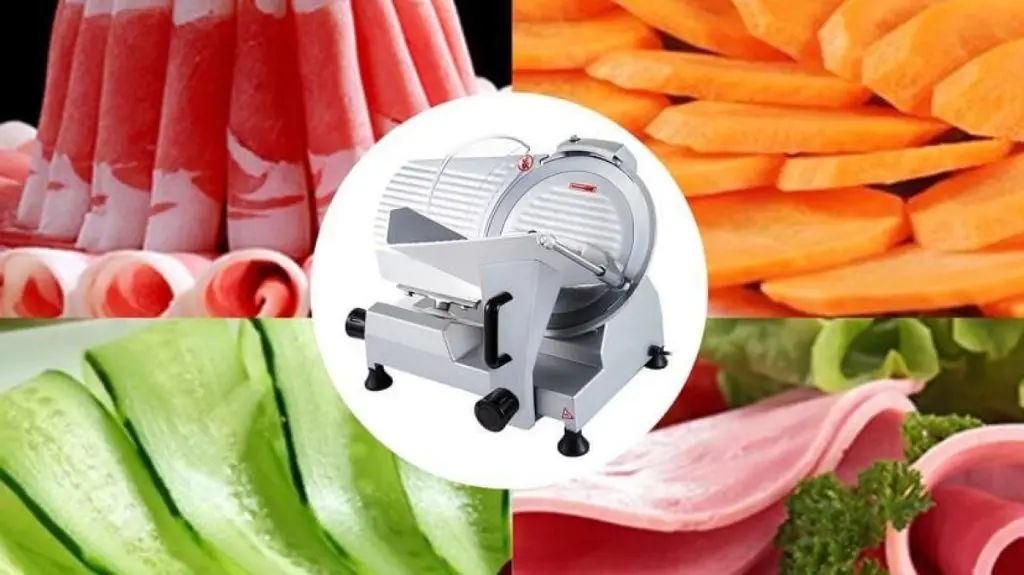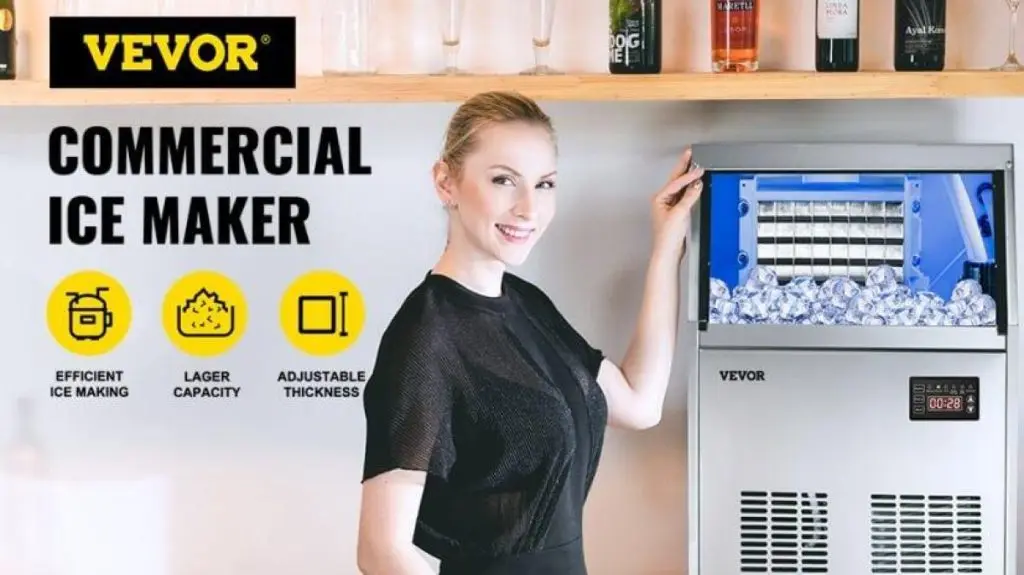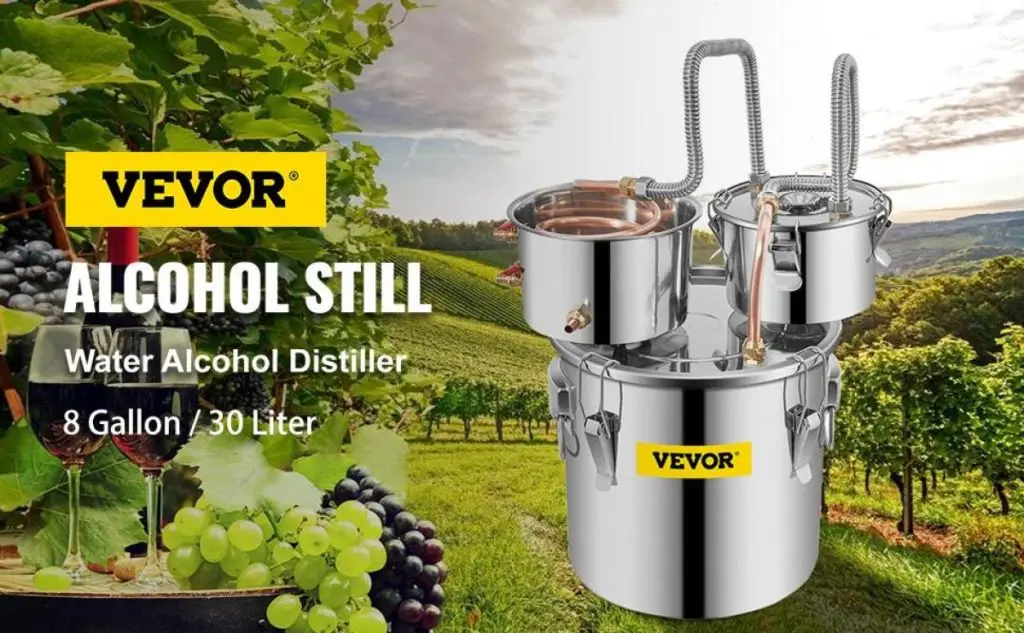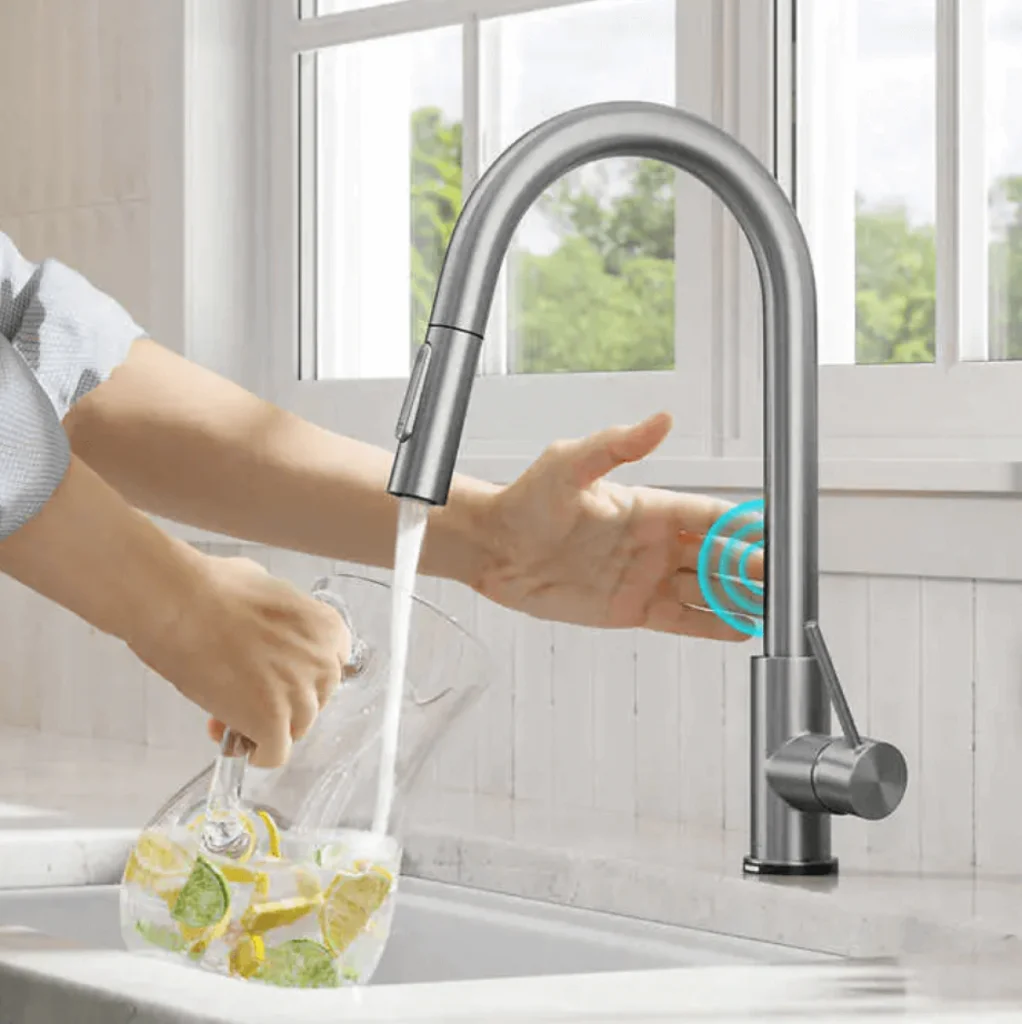When we think of vacuum sealing, our mind mostly wanders to the land of sous vide cooking or the meat world. But what if I tell you that vacuum sealing is not only for the meat eaters; vegans could take full advantage of it?
Yes, you have guessed it right. You can vacuum seal your fresh produce—fruits and vegetables. While we cover everything about vacuum sealing veggies in its respective guide, this guide is all about vacuum sealing fruits. Here’s a quick overview of the guide:
Table of contents
So, let’s get to it.
Let’s preserve the freshness of your fruits for an extended period so you can enjoy fresh and nutrient-rich fruits even when the season has long ended.
Why You Should Vacuum Seal Your Fruits?
Not sure whether you should vacuum seal your fruits? Well, here are a few reasons for you to vacuum seal fruits:
- Extended shelf life—Vacuum sealing removes all the air from the package, creating an anaerobic environment. This not only significantly slows down the oxidation process but also inhibits the growth of microorganisms. This ensures your fruits stay fresh and nutritious for an extended period.
- Flavors and nutrients—Besides extending shelf life, vacuum sealing also helps ensure that their nutrient and flavor profiles remain intact. So, when you eat a vacuum sealed fruit, it will still have the texture, vibrancy, flavors, and nutrients of fresh fruit.
- Freezer burns—Storing food in the freezer often results in loss of moisture and freezer burns, which ruins the flavors and texture of the food. But if properly vacuum sealed, freezer burns could be avoided.
- Portion control and reduce wastage—vacuum sealing desired portions of fruits eliminates the need to thaw and refreeze large quantities. And when you have leftover fruits on your hand, you can easily vacuum seal them to prevent spoilage and wastage.
How Long Does Vacuum Sealed Fruit Last?
Having explored the benefits of vacuum sealing fruits, now you might be wondering how long your fruits would last after vacuum sealing.
Well, vacuum sealing fruits significantly extends their shelf age, but how long depends on various factors such as the fruit itself, storage conditions, and the condition of the fruit at the time of vacuum sealing.
Here is a chart showing how long fruits last in the freezer normally and when vacuum sealed.
| Fruit | Normal | Vacuum Sealed |
| Plums and Peaches | 6 months | 1 year |
| Pineapple | 1 year | 2 – 3 years |
| Berries | 6 – 8 months | 2 – 3 years |
| Tomatoes | 6 months | 1 year |
| Mangoes | 6 – 12 months | 1 – 3 years |
| Apricots | 6 – 12 months | 1 – 3 years |
Remember, these are just estimates. The actual shelf life of your fruits would depend on various factors such as ripeness and quality of the fruits, sealing technique, storage temperature, etc.
What Fruits Can Be Vacuum Sealed?
Before you begin vacuum sealing fruits, you should know that it is not a one-size-fits-all solution for every fruit you have got. Let’s find out which fruits are best to vacuum seal.
Berries
It might come as a surprise to many because of their tenderness, but berries can be effectively vacuum sealed. Yes, you can vacuum seal most berries, including strawberries, raspberries, blueberries, and blackberries, and preserve their freshness and flavors for an extended period.
That said, do not forget to freeze them before vacuum sealing, or you will end up crushing them.
Dehydrated Fruits
Dehydrated fruits such as raisins, cranberries, and mangoes make perfect candidates for vacuum sealing. In fact, USA emergency supplies advise that instead of putting them in the fridge, it is best that you vacuum seal dehydrated fruits.
Peaches
While freezing is the most common way of preserving peaches, to prevent freezer burns and for an extended shelf life, it is imperative that you vacuum seal them. Consider pre-freezing your peaches before vacuum sealing them for best results.

Apples
Apples can also be vacuum sealed and preserved for extended periods. But you should know that different apple varieties spoil faster. Also, one bad apple can spoil the bunch. So, make sure that the batch that you are vacuum sealing is free of bruises or soft spots.
Citrus Fruits
Lemons, oranges, limes, and grapefruits benefit from vacuum sealing, especially cut halves or segments. This prevents them from drying out and extends their shelf life in the refrigerator.
Bananas
Bananas ripen faster in an anaerobic environment, and thus, one might think that they cannot be vacuum sealed. But on the contrary, when frozen before vacuum sealing, bananas can be effectively vacuum sealed to extend their shelf life.
Melons
Not whole, but when sliced properly, melons can be effectively vacuum sealed, extending their shelf life and preserving flavors and nutrient profile.
Now, let’s find out which fruits should not be vacuum sealed.
What Fruits should not be vacuum sealed?
While you can vacuum seal most fruits to extend their shelf life, some fruits are not suitable for vacuum sealing. For instance, you should never vacuum seal whole apples or melons—consider slicing and pre-freezing them before vacuum sealing.
Similarly, raw bananas should also not be vacuum sealed, as they tend to ripe faster in anaerobic environments. They must also be frozen for vacuum sealing to work.
Moreover, when vacuum sealing delicate fruits such as grapes and berries, it is imperative that you are cautious during vacuum sealing, or you might end up crushing them. Pre-freezing and flash freezing often work best for such delicate fruits.
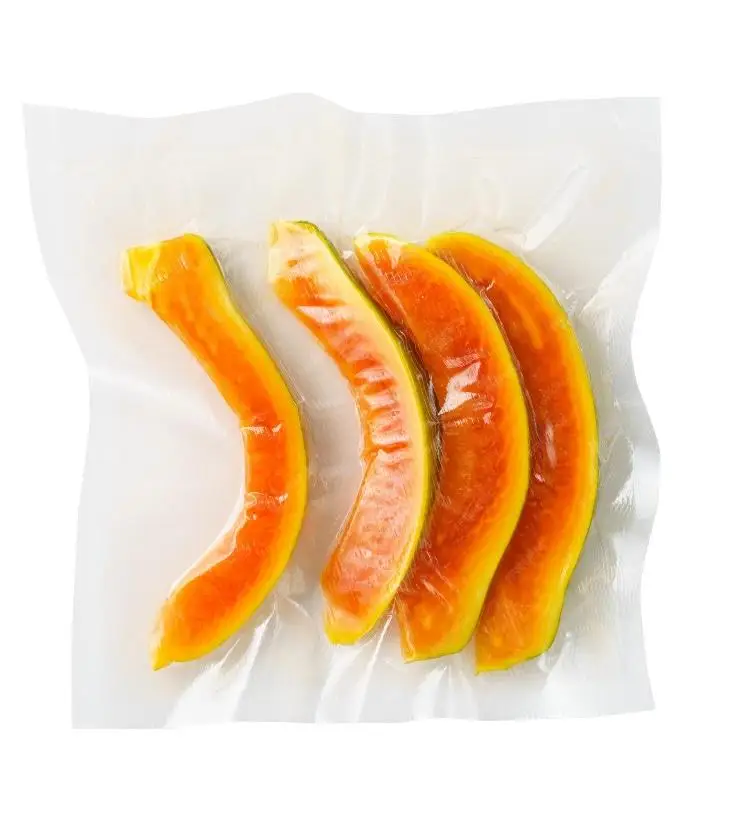
Now that we have learned what fruits to vacuum seal and what not, let’s find out how to go about vacuum sealing.
How to Vacuum Seal Fruits? Step-by-Step Guide
Vacuum sealing fruits, especially delicate ones, might seem like a daunting task. But when you have a step-by-step guide to follow, it becomes an easy task. Follow these steps to effortlessly vacuum seal your fruits:
1. Prepping Fruits for vacuum sealing
When you are planning on vacuum sealing fruits, you should make sure that you get the freshest fruits—the fresher the fruits, the better the preservation. Next, thoroughly wash the fruits to get rid of any debris and dirt, and do not forget to pick out the spoiled fruits, which are ones with bruises and soft spots. If you are dealing with large fruits, consider cutting them down into manageable pieces. Next, make sure that all fruits are completely dry before moving on with the vacuum sealing process—you do not want moisture to compromise the vacuum seal.
For fruits with high moisture content, such as watermelon, papayas, and berries, you might want to freeze them prior to vacuum sealing. Otherwise, they might get all squished up during vacuum sealing.
2. Blanching?
While most fruits do not require blanching before vacuum sealing, it can help lock their natural flavor, texture, and colors. Blanching is mostly used for easier peeling of various fruits such as peaches and tomatoes as it helps loosen their skin.
While blanching is not necessary for fruits, delicate fruits might benefit from flash-freezing instead.
3. Freezing—flash freezing
While you can vacuum seal most fruits simply after washing and drying them, delicate ones, such as strawberries, raspberries, and avocados, might need some freezing—flash freezing—to keep them from getting crushed during the vacuum sealing process.
For flash freezing, you need to cut down the fruits into small pieces and lay them on a baking tray in a way that they are not touching each other. Next, put the tray in the freezer and leave for a few hours until the fruit is frozen solid.
4. Putting Fruits Inside Sealer Bags
Now that you have prepared the fruits, you can go ahead and throw them in freezer-safe vacuum sealer bags. Just make sure that you do not overfill the bags—there must be ample room at the open end of the sealer bag to allow effective sealing.
5. Vacuuming and Sealing
Now, you can go ahead and turn on your vacuum sealer. Check if the vacuum sealer setting needs a bit of adjustment—pressure and moist/dry mode. Next, you can go ahead and create the magic vacuum seal with your vacuum sealer.
With Suction Vacuum Sealer
If you have a suction vacuum sealer, you will need to align the sealer bag with the seal bar and click the vacuum seal button for it to do the magic. The vacuum pump will suck out the air from the bag, and when all air is removed, the sealing bar will create a seal—an airtight seal.
That’s it. You have successfully vacuum sealed a bag of fruits. Now, simply repeat the process with other sealer bags.
With Chamber Vacuum Sealer
If you have a chamber vacuum sealer, you will have to simply place the sealer bag inside its chamber and hit the magic button. It will remove the air and create an airtight seal.
Note: Chamber vacuum sealers are more adept at vacuum sealing delicate objects and liquids.
VEVOR Vacuum Sealer—Perfect Preservation Partner
Having learned that vacuum sealing can help preserve your fruits for an extended period, you must be looking for a reliable fruit vacuum sealer.
Well, look no further. We have just the thing for you: VEVOR Vacuum Sealer Machine.
Equipped with a powerful vacuum pump (80 Kpa maximum suction) and a 2.5 mm wide sealing strip, it can help take care of your vacuum sealing needs. Using its dry and moist mode, you can effortlessly vacuum seal both dry and moist objects with it.
Besides vacuum sealing, it can also be used to create seals without vacuuming. On top of that, it comes with an external hose that can be used to vacuum canisters and marinate.
It has a highly intuitive panel with buttons, allowing you to vacuum seal your veggies easily with gentle touches. Not only that, it is also equipped with a built-in cutter and has room for you to store a vacuum sealer bag roll inside it.
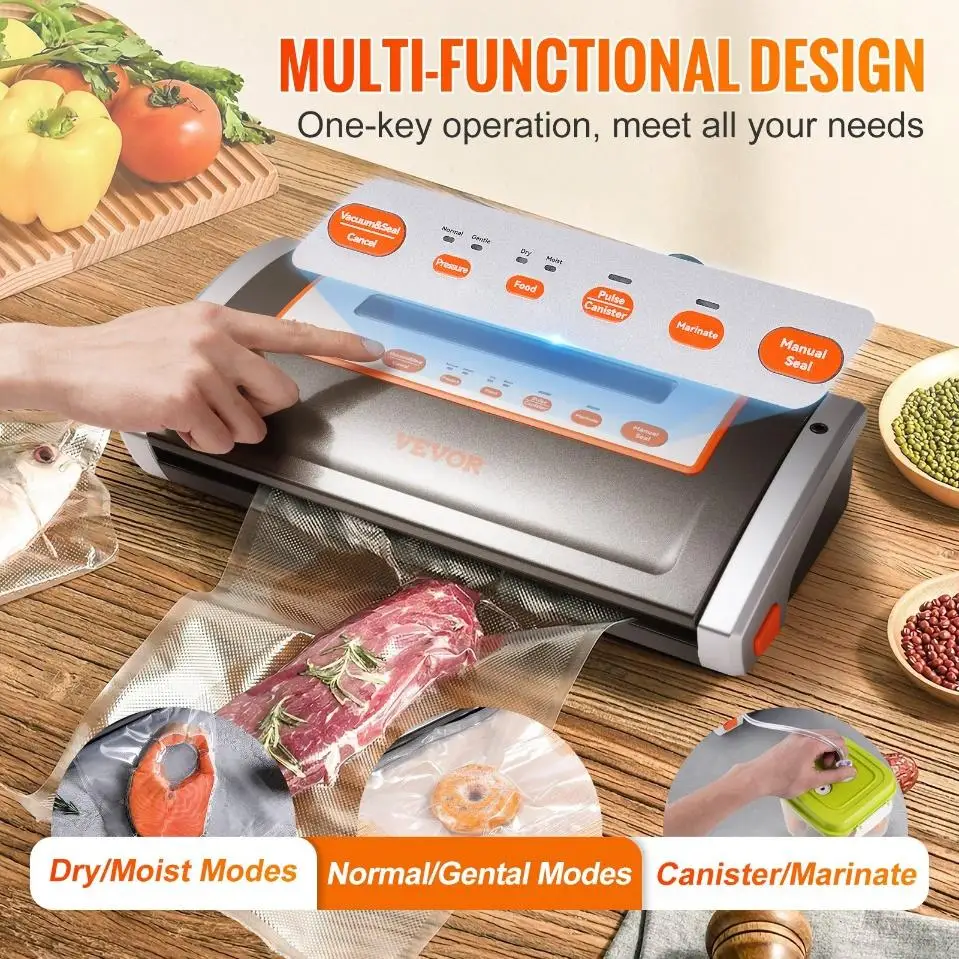
Recommended For Your Project
FAQs About Vacuum Sealing Fruits
Q: Do vacuum sealed fruits go bad?
While vacuum sealing fruits helps extend their shelf life, they can still go bad over time. Make sure that you label your vacuum sealed bags and use the fruits within a reasonable time period.
Q: What are some good uses for vacuum-sealed fruits?
Vacuum sealing fruits allows you to include more fruits in your diet without having to run to the farmers’ market every other day. They also come in handy when you have to make quick smoothies or bake pies.
Q: Can I vacuum seal different fruits together?
While it might be okay to vacuum seal different together, for best results, it is advised that you vacuum seal different fruits in their individual bags.
Q: Can I vacuum seal frozen fruits?
Absolutely! In fact, for some fruits, especially delicate ones, flash freezing is advised prior to vacuum sealing. And for other fruits, such as bananas, freezing is advised to prevent fast spoilage in an anaerobic environment.
Q: How do you avoid crushing delicate fruits during the vacuum sealing process?
Flash-freezing delicate fruits prior to vacuum sealing helps ensure they are not crushed during the vacuum sealing process. Also, consider using a chamber vacuum sealer to avoid crushing delicate fruits.
Conclusion
So there you have it, a comprehensive guide to vacuum sealing fruits to extend their shelf life while keeping the nutrient and flavor profile intact.
Use the easy steps discussed in this guide to ensure that you are vacuum sealing fruits the right way. Get yourself a reliable fruit vacuum sealer—preferably from a reputable brand such as VEVOR—and begin vacuum sealing your fruits. Your vacuum seals are only as good as your vacuum sealer. A faulty or subpar vacuum sealer would create ineffective seals, allowing air to pass in and ruining your vacuum sealed fruits.

